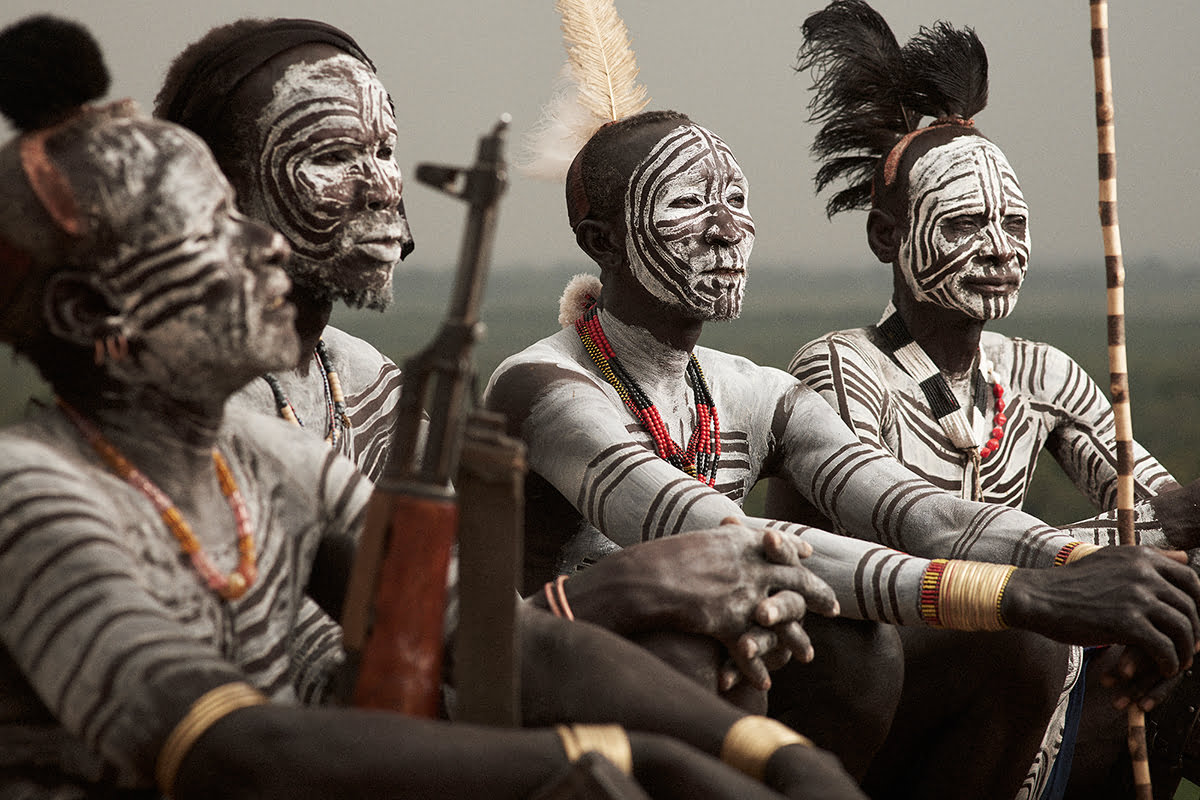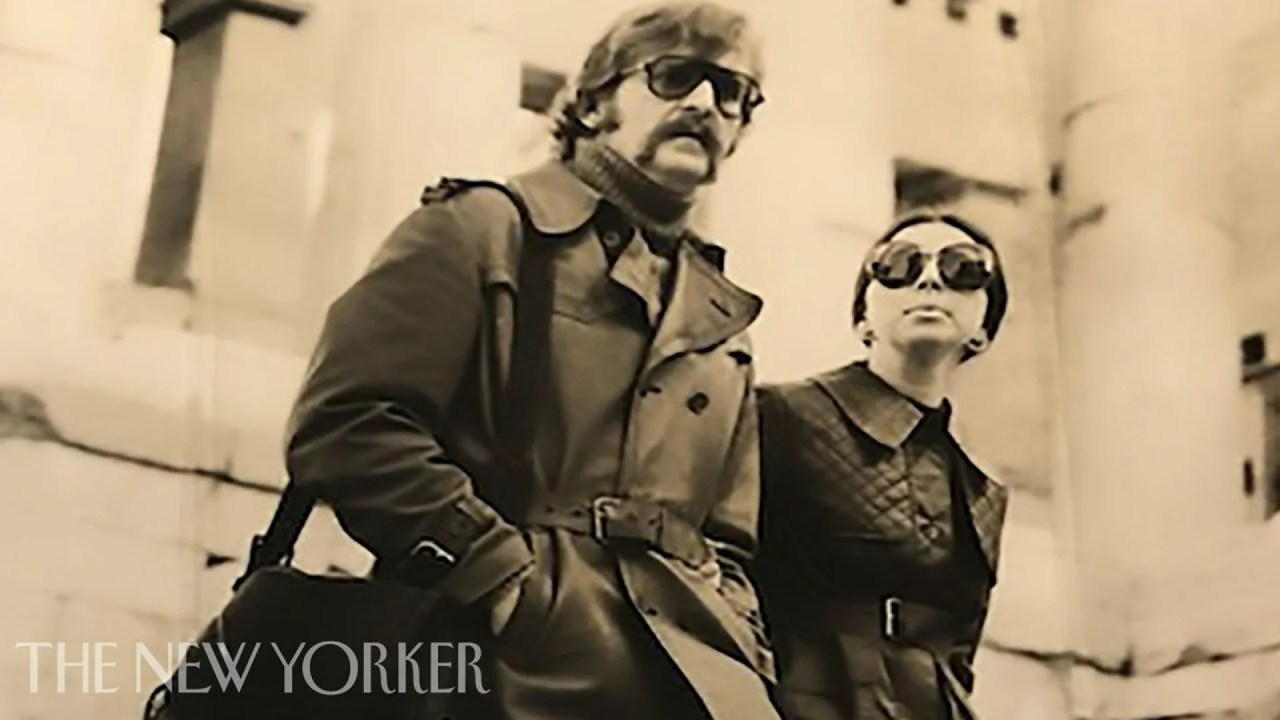The Karo Tribe is an isolated tribe living along the Omo River in South Ethiopia. They are one of the smallest tribes in the region. They are also one of the last tribes to maintain a body point tradition. Modern changes to their natural environment could change the life of the Karo Tribe. In the past several years, there were talks of relocation.
Ethnicity of the Karo Tribe
The Karo are a Nilotic ethnic group. They are one of the smallest tribes in the region with an estimated population between 1,000 and 3,000 people. The Karo is closely related to the Kwegu tribe. Living along the east banks of the Omo River, they practice agriculture. They grow sorghum, beans, and maize. They keep small cattle.
![]()
The tribe differentiates from the other tribes by excelling in body and face painting. They paint themselves daily with colored ochre, yellow mineral rock, white chalk, and more. The designs change daily and vary in content. They can range from simple stars or lines to animal motifs, including guinea fowl plumage. The most popular painting is a myriad of handprints covering the torso and legs.
Survival
In Ethiopia, it rains 49 days a year on average. The climate is humid and hot, but only occasionally wet. This is why Karo people rely on the Omo River for their water supply. They use the water for themselves and crops.
But changes to the modern environment could put a stop to that. The Ethiopian government boosted the economy by building the Gibe III Dam on the Omo River.
Sadly, the dam causes many issues and threatens the life of 8 different tribes and ecosystems, including the Karo tribe.
People there rely on the annual flooding of the river to feed their crops. The dam disrupts that.
Climate change is another problem. Increasing droughts and flooding will increase water-borne and vector-borne diseases causing a higher risk of death.
Body Painting
The Karo tribe maintains a tradition of body painting for more than 500 years. They make paint from a mix of ash, animal fat, and water to create striking designs. Karo people decorate their body for two reasons. One is for beauty, and another one is for battle. Male members decorate their body in a brighter color so they look more attractive and courageous.
The male hairstyle is very elaborate. They make it from one ear to another, and the front portion is made into braids. They draw back the rest of the hair into a thick chignon and hold it firmly with a colorful cap of glazed earth. They also glue pieces of bark onto the cap and make holes to attach ostrich feathers. They color the cap in red, white, and black, the colors of mystical and legendary significance.
A man wearing a grey and red-ochre clay hair bun with an Ostrich feather indicates he bravely killed an enemy from another tribe or a dangerous animal. It takes up to three days to construct this bun. Large beads around the neck signify a big name kill.
Rituals
Rituals occur within the tribal community and sometimes neighbor villages. Sometimes, villagers travel all night to witness these rites of passages and participate in the celebration.
The Karo people perform the BUla or Pilla initiation rite. This signifies the coming of age for young men. The initiate must demonstrate his readiness to become a man. For this purpose, he leaps into rows of cattle six times consecutively without falling. If he is successful, he will become eligible for marriage. This is as long as his older brothers are already married. The boy can also appear publicly with elders.
Karo women wear only a skin loincloth, decorated with beads and cowries. They keep their hair greased with red clay and cut into a short skullcap.
Tourism
The Karo peopl are generally welcoming and friendly. They are friendlier than most tribes and generally enjoy the attention of being photographed.
![]()
They are known for their body paint, but also for their dancing. They are largely isolated from modern society, but they welcome foreign guests.
Karo people craft jewelry from day-to-day items given to them by visitors. For example, they use drink straws as jewelry.
Modern World creeping into Karo Tribe
The modern world is slowly creeping into the existence of the Karo tribe. For example, you can notice a lot of plastic water containers and old T-shirts among the people. They also have weapons, including Ak-47 that they use to protect cattle, but also to settle disputes.





















